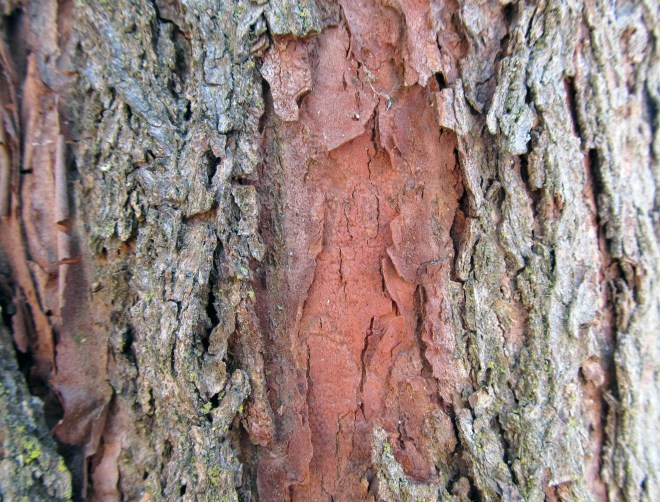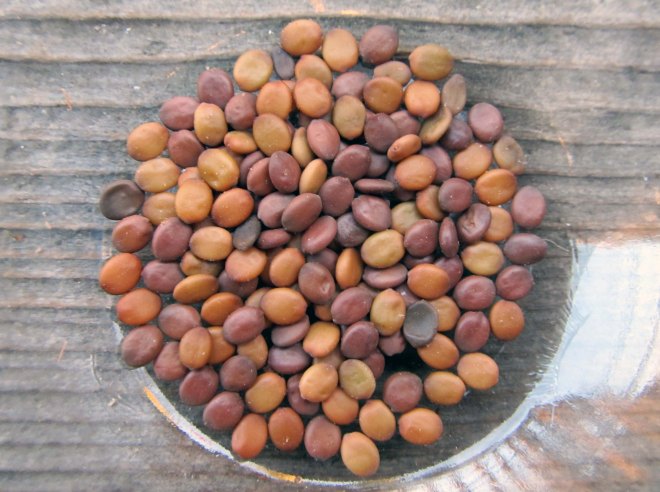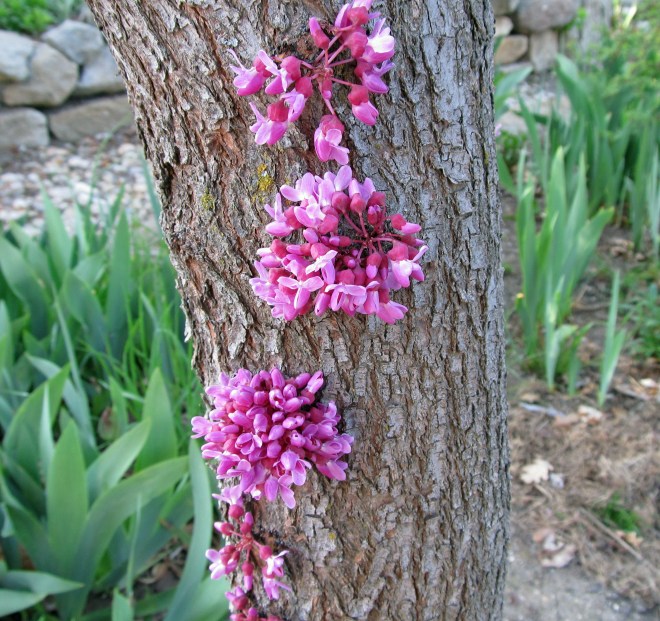Botanizing doesn’t have to end when the leaves fall off the trees and the ground goes frozen. Plants may stop actively growing during this time, but they are still there. Some die back to the soil level and spend the entire winter underground, leaving behind brown, brittle shells of their former selves. Others, particularly those with woody stems, maintain their form (although many of them leafless) as they bide their time while daylength dips and rises again, bringing with it the promise of warmer weather. Plants that leave us with something to look at during the winter can still be identified. Without foliage or flowers to offer us clues, we rely instead on branches, bark, and buds to identify woody species. In some cases, such features may even be more helpful in determining a certain species than their flowers and foliage ever were. Either way, it’s a fun challenge and one worth accepting if you’re willing to brave the cold, hand lens and field guides in tow.
In this series of posts I’ll be looking closely at woody plants in winter, examining the twigs, buds, bark, and any other features I come across that can help us identify them. Species by species, I will learn the ropes of winter plant identification and then pass my findings along to you. We’ll begin with Cercis canadensis, an understory tree commonly known as eastern redbud.
Eastern redbud is distributed across central and eastern North America, south of southern Michigan and into central Mexico. It is also commonly grown as an ornamental tree outside of its native range, and a number of cultivars have been developed for this purpose. Mature trees reach up to 30 feet and have short trunks with wide, rounded crowns. Its leaves are entire, round or heart-shaped, and turn golden-yellow in the fall. Gathered below the tree in winter, the leaves maintain their shape and are a light orange-brown color.
Eastern redbud is alternately branched with slender, zig-zagging twigs that are dark reddish-brown scattered with several tiny, light-colored lenticels. Older sections of branches are more grey in color. Leaf scars (the marks left on twigs after leaves fall) are a rounded triangle shape and slightly raised with thin ridges along each side. The top edge of the leaf scar is fringed, which I found impossible to see without magnification. Leaf buds are egg-shaped and 2-3 mm in length with wine-red bud scales that are glabrous (smooth) with slightly white, ciliate margins. Descriptions say there are actually two buds – one stalked and one sessile. If the second bud is there, it’s miniscule and obscured by the leaf scar. I haven’t actually been able to see one. Twigs lack a terminal bud or have a tiny subterminal bud that points off to one side. The pith of the twigs is rounded and pale pink. Use sharp pruners or a razor blade to cut the twig in half lengthwise to see it.
Bark is helpful in identifying woody plants any time of year, but is especially worth looking at during the winter when branches have gone bare. The bark of young eastern redbud is grey with orange, furrowed streaks running lengthwise along the trunk. In mature trees, the bark is gray, scaly, and peels to reveal reddish-brown below.
Eastern redbud is in the bean family (Fabaceae) and its flowers and fruits are characteristic of plants in this family. Fruits can persist on the tree throughout the winter and are another way to identify the tree during the off-season. Seed pods are flat, dark red- or orange-brown, and up to 2.5 inches long with four to ten seeds inside. The seeds are flat, round, about 5 millimeters long, and ranging in color from orange-brown to black.
Eastern redbud flowers in early spring before it has leafed out. Clusters of bright pink flowers form on old branches rather than new stems and twigs. Sometimes flowers even burst right out of the main trunk. This unique trait is called cauliflory.
———————
Photos of eastern redbud taken at Idaho Botanical Garden in Boise, Idaho.








Pingback: 2020: Year in Review – awkward botany
Pingback: Winter Trees and Shrubs: Netleaf Hackberry – awkward botany
Pingback: Winter Trees and Shrubs: Northern Catalpa – awkward botany
Excellent information. Just planted an Eastern RedBud and some leaves are turning brownish-yellowish already and I thought perhaps it was not a healthy selection. Recently transplanted in-ground, so I might continue to be patient> Unless I hear otherwise from readers.
Pingback: Winter Trees and Shrubs: Tulip Tree – awkward botany
Pingback: Winter Trees and Shrubs: Kentucky Coffeetree – awkward botany
Pingback: Winter Trees and Shrubs: Sweetgum – awkward botany